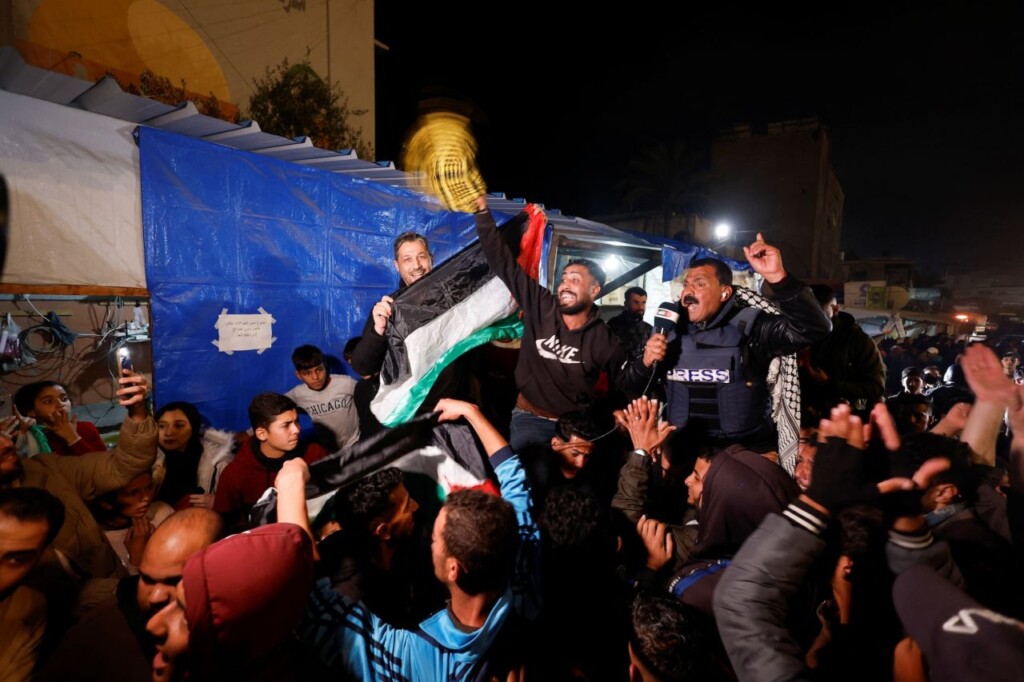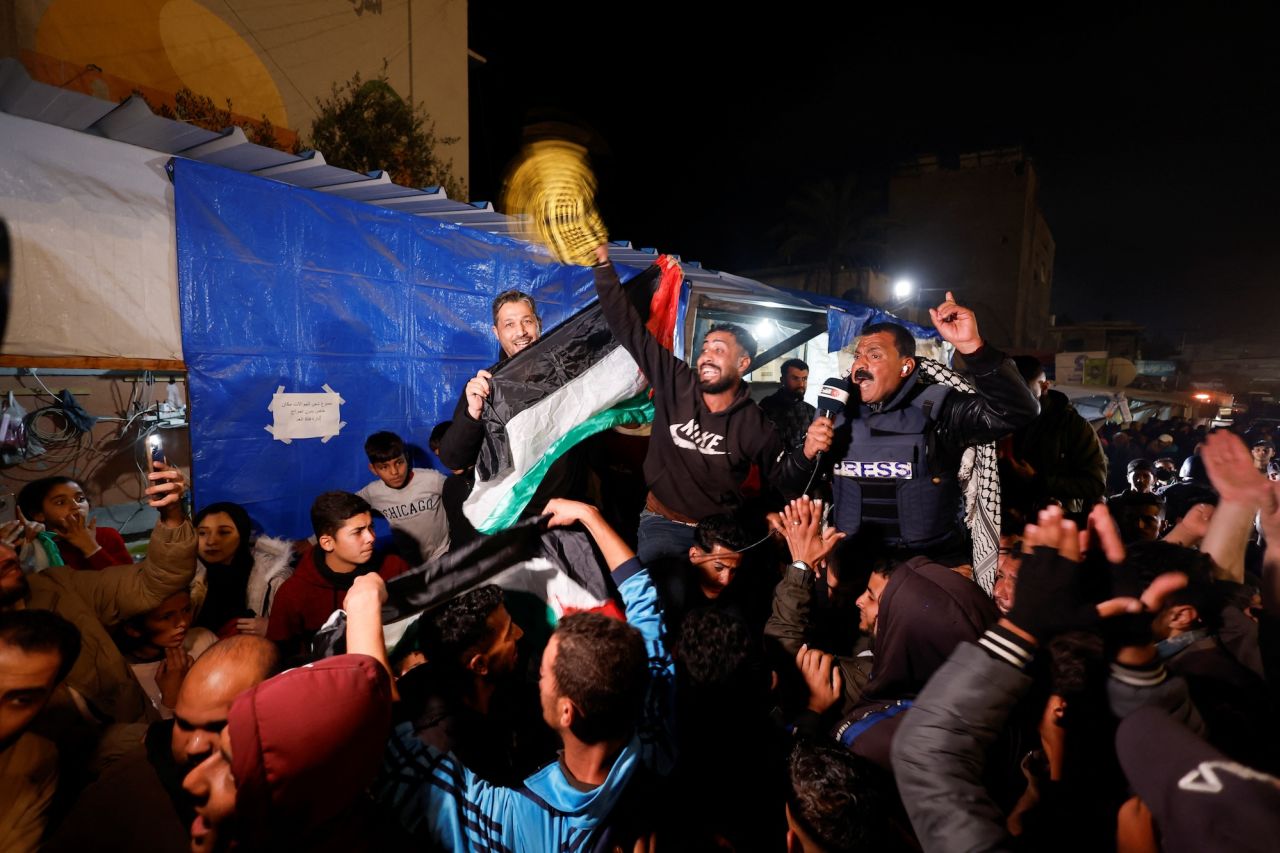After 15 months of relentless conflict, Israel and Hamas have agreed to a phased ceasefire. While hope for peace emerges, the region’s scars serve as a somber reminder of the challenges ahead. The truce, brokered by the U.S., Egypt, and Qatar, aims to halt the fighting and pave the way for lasting peace. The agreement unfolds in three phases, designed to address immediate and long-term challenges:
Phase One: A 42-day truce, during which Hamas will release 33 Israeli hostages, including women, children, and the elderly. In exchange, Israel will free hundreds of Palestinian prisoners. Simultaneously, humanitarian aid will flow into Gaza at unprecedented levels, with up to 600 trucks per day delivering much-needed supplies to the war-ravaged population.
Phase Two: Negotiations for the release of remaining hostages and additional prisoner exchanges. This phase also includes the withdrawal of Israeli troops from populated areas in Gaza and discussions aimed at achieving a permanent cessation of hostilities.
Phase Three: A comprehensive reconstruction plan for Gaza, expected to take three to five years under international supervision. This phase also involves deliberations over Gaza’s governance, with proposals including a revitalized Palestinian Authority, though such ideas have faced resistance in the past.

The ceasefire offers a temporary respite, but the war’s toll is staggering. Over 46,000 Palestinians have been killed, with thousands more injured. Gaza’s infrastructure lies in ruins, displacing most of its population. Hospitals, schools, and homes have been obliterated, leaving survivors to grapple with unimaginable loss.
International leaders have cautiously welcomed the ceasefire. U.S. Secretary of State Antony Blinken described it as a step toward “sustainable calm,” while President Joe Biden’s push for this agreement underscores its importance. However, uncertainty looms as Donald Trump’s impending inauguration raises questions about U.S. policy in the region.
Criticism has also emerged. Israeli hardliners argue the deal fails to neutralize Hamas effectively, while Palestinians remain wary of plans for Gaza’s governance and the sustainability of peace.
The approach shows promise but faces significant political and logistical challenges. Its success will depend on mutual trust, international oversight, and a commitment to tackling the root causes of the conflict. At present, this ceasefire offers a glimmer of hope amid widespread devastation. However, it is still uncertain whether it will become a turning point or just another temporary truce.

